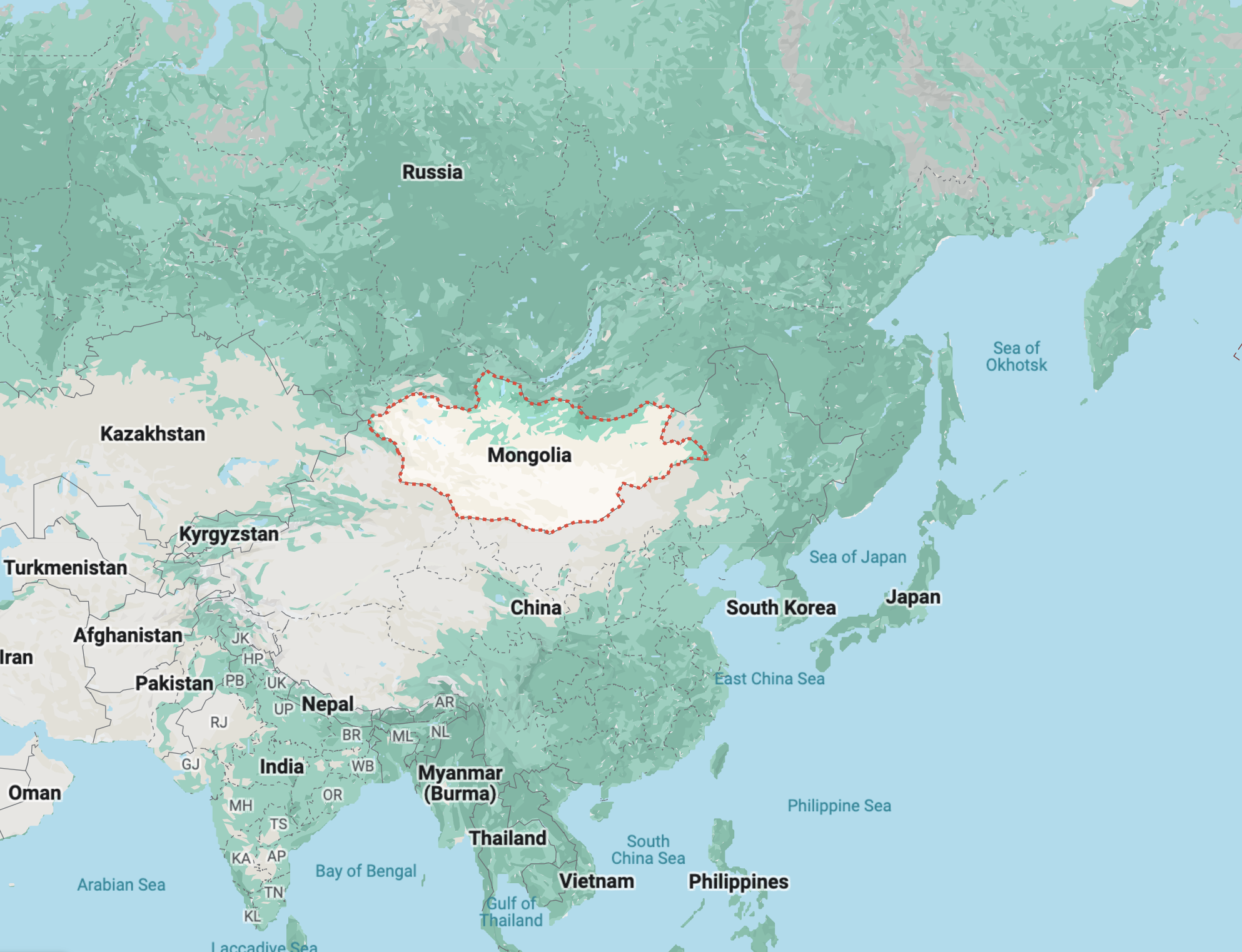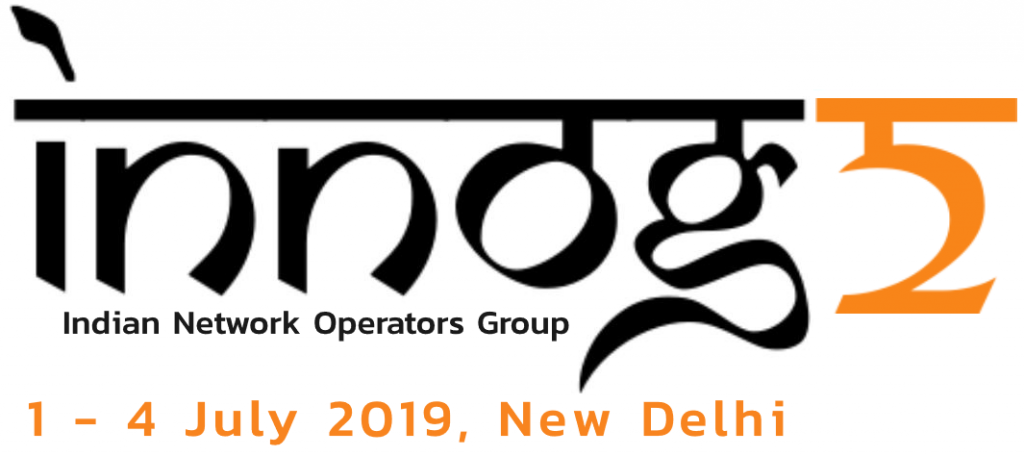Internet in Mongolia and CDNs
I have been in Ulaanbaatar, Mongolia for the last few days. This is my first travel to Mongolia and this far up in the North (except for previous travel to Russia in 2016 and some parts of Nordic areas in Europe). Geographically Mongolia is located between Russia (on the North side) and China (on the South side).

I am here for mnNOG 5 event. mnNOG is the Mongolian Network Operators Group. On Monday mnNOG conducted it’s 5th annual conference and it followed a five-day workshop. I am doing a workshop here on Network automation along with engineers from local networks. Mongolia is a landlocked country with no access to sea and hence no sub-sea cable. For the internet Mongolia relies on in-land fibre optic cables to connect to Russia and China. Though cables connect physically via Russia and China, I do not see Mongolian networks doing L3 termination in Russia or Mainland China. Instead, there is connectivity to Hong Kong, Singapore, Frankfurt etc. for the L3 connectivity. Interestingly due to it’s geographic location, a bit of China-Russia internet traffic exchange happens via Mongolia.
